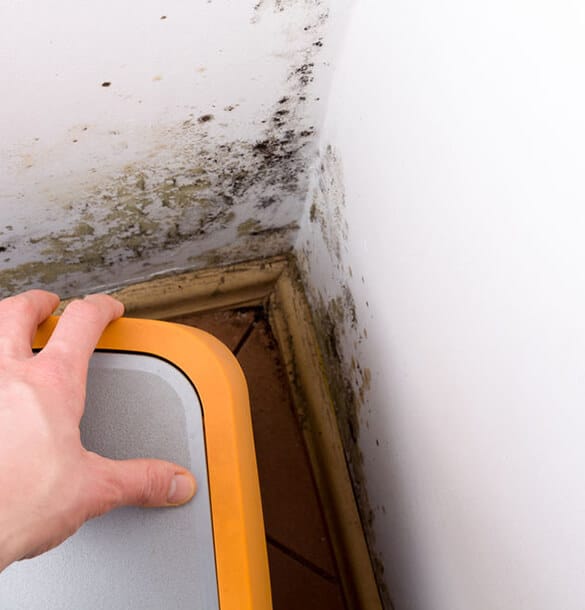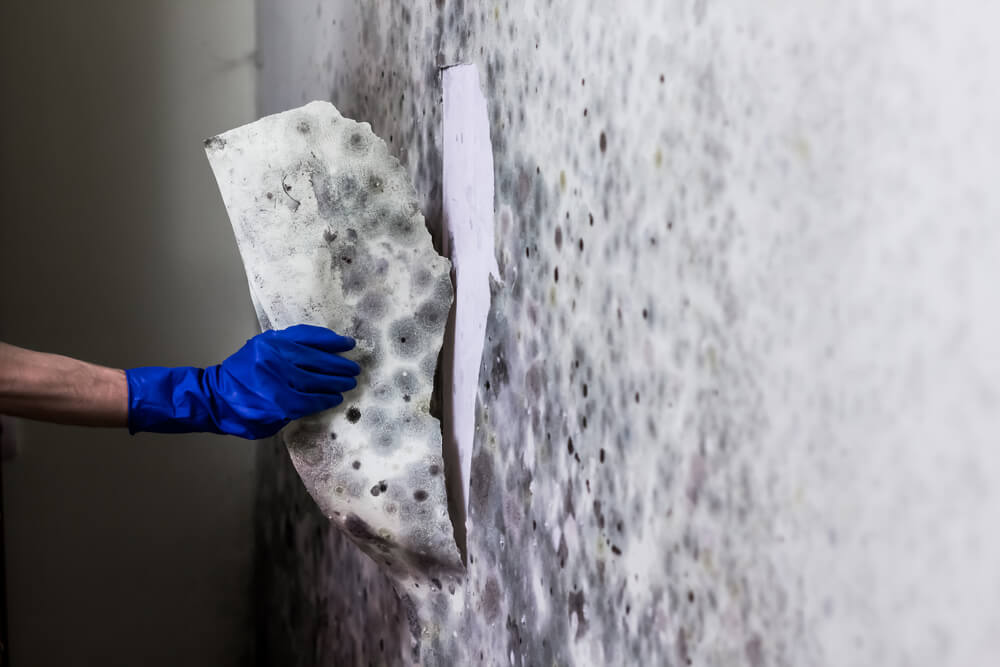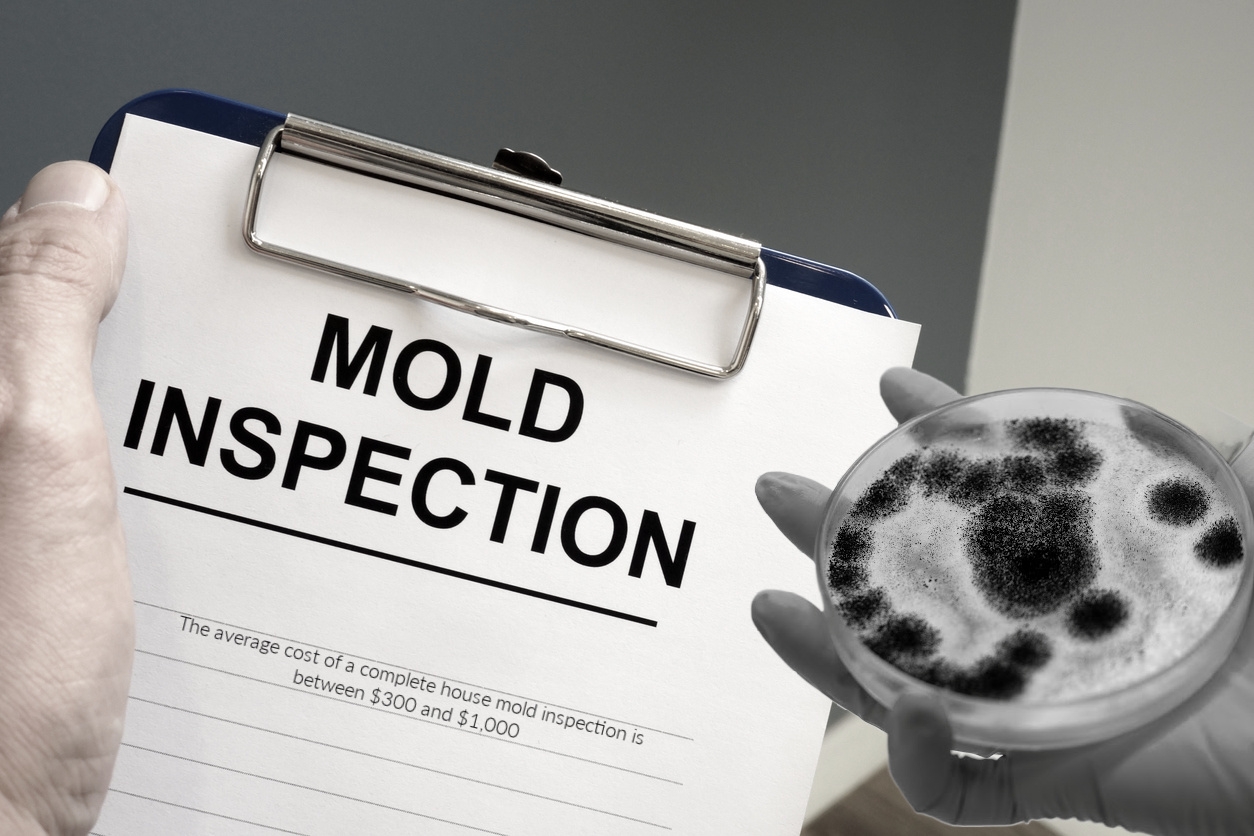Guidance on What to Do After Mold Remediation
Guidance on What to Do After Mold Remediation
Blog Article
Your Ultimate Guide to Blog Post Mold And Mildew Remediation Techniques
Browsing the realm of post-mold remediation methods is a meticulous procedure that requires interest to information and a detailed understanding of the intricacies included. In the results of mold problem, knowing how to effectively get rid of the mold and mildew and stop its reoccurrence is vital for maintaining a healthy and balanced indoor atmosphere. From selecting the best cleansing and disinfecting techniques to carrying out techniques for long-term mold avoidance, each action in the removal journey plays an essential function in making sure an effective end result. As we start this exploration of post-mold remediation techniques, we will discover the crucial strategies and finest practices that can assist you restore your area to its pre-mold condition and protect it versus future mold and mildew dangers.
Understanding Post-Mold Remediation Process
After finishing the mold and mildew remediation procedure, it is important to comprehend the post-mold remediation methods that are required to guarantee a effective and extensive clean-up. As soon as the mold has actually been removed, the next step entails cleaning and decontaminating the influenced locations to stop any kind of regrowth of mold.
In addition, carrying out a final examination post-remediation is vital to make sure that all mold has actually been effectively eradicated. This inspection ought to entail a comprehensive aesthetic check as well as potentially air tasting to confirm the lack of mold and mildew spores in the air. Added removal may be needed if the assessment exposes any type of lingering mold. Informing owners on precautionary actions such as managing dampness levels and promptly resolving any kind of water leakages can aid keep a mold-free environment.
Efficient Cleaning and Disinfecting Approaches

Preventing Future Mold Development

Relevance of Appropriate Ventilation
Correct air flow plays an important duty in protecting against wetness accumulation, a key element in mold development within interior atmospheres. Efficient air flow systems help eliminate excess moisture from the air, reducing the opportunities of mold and mildew spores discovering the moisture they need to spread out and sprout. Without ample ventilation, indoor spaces can become a reproduction ground for mold, causing potential wellness dangers and structural damage.
By ensuring correct air flow, air flow systems can additionally help in drying moist locations faster after water damages or flooding incidents, further preventing mold and mildew go to my site growth. After mold remediation. In rooms like restrooms, attic rooms, basements, and kitchen areas where moisture levels have a tendency to be greater, installing and maintaining efficient ventilation systems is vital in protecting against mold and mildew invasions

Surveillance and Maintenance Tips
Offered the critical duty that correct air flow plays in avoiding content mold and mildew growth, it is necessary to develop effective monitoring and maintenance suggestions to guarantee the continued capability of air flow systems. Regular inspections of ventilation systems ought to be conducted to look for any kind of indications of blockages, leaks, or malfunctions that might hamper proper air flow. Surveillance humidity levels within the residential or commercial property is additionally critical, as high humidity can contribute to mold growth. Mounting a hygrometer can assist track moisture degrees and sharp home owners to any spikes that might require attention. Furthermore, ensuring that air filters are consistently cleansed or replaced is important for maintaining the effectiveness of the air flow system. Implementing a schedule for regular maintenance tasks, such as air duct cleansing and a/c system evaluations, can aid avoid concerns before they escalate. By remaining proactive and mindful to the problem of air flow systems, homeowner can efficiently mitigate the risk of mold and mildew regrowth and keep a healthy indoor atmosphere.
Conclusion
To conclude, post-mold remediation strategies are vital for ensuring a tidy and secure setting. Comprehending the procedure, carrying out efficient cleansing and decontaminating approaches, stopping future mold and mildew growth, keeping correct air flow, and regular tracking are all important actions in Continue the remediation procedure. By adhering to these standards, you can successfully get rid of mold and mildew and avoid its return, promoting a healthy and balanced living or functioning room for all residents.
In the after-effects of mold and mildew problem, knowing how to successfully eradicate the mold and mildew and stop its reoccurrence is vital for preserving a healthy indoor setting. When the mold has been gotten rid of, the next step involves cleaning and sanitizing the influenced locations to stop any kind of regrowth of mold and mildew - Post remediation mold testing near me. After getting rid of visible mold and mildew growth, it is crucial to cleanse all surface areas in the damaged area to eliminate any staying mold spores. To further enhance mold avoidance procedures, it is necessary to attend to underlying problems that at first led to mold and mildew growth.Given the vital function that appropriate ventilation plays in preventing mold growth, it is important to establish efficient tracking and upkeep pointers to make sure the continued functionality of ventilation systems
Report this page